Rosetta navigation camera (NAVCAM) image taken on 30 July 2014.

Full-frame NAVCAM image taken on 30 July 2014 from a distance of about 1630 km from comet 67P/Churyumov-Gerasimenko. Credits: ESA/Rosetta/NAVCAM
View and download interpolated image here.


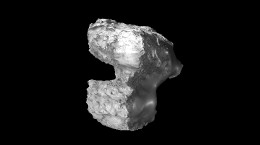
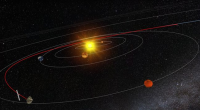
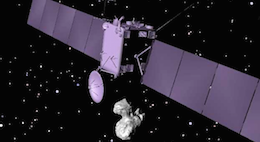
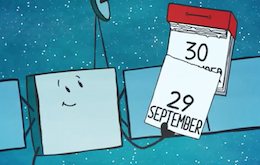
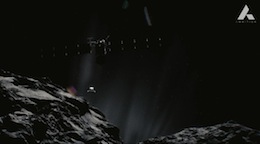
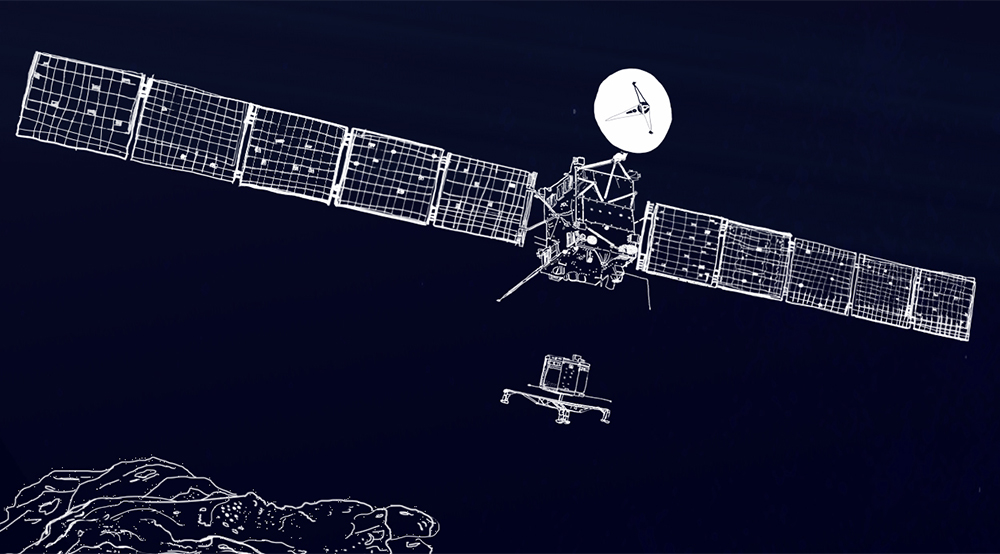
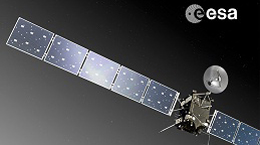
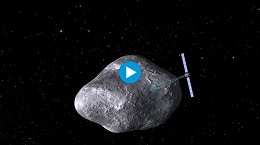
Discussion: 6 comments
The NavCam images are not too shabby either. 🙂 The general layered appearance of the more elongated lobe is even beginning to show on these remarkable NavCam images too.
We are living in amazing times. We are watching a spacecraft visiting a comet via our tablet. We are so lucky! Scientists of the past would die for an image like this…
We are seeing the same side of the nucleus in each of the recent daily images, so today we can see that those dark spots did not re-appear, and so were not craters on the nucleus. The other clue that they were not craters is that the lighting was inconsistent with them being craters.
Yes I think you are probably right Phil, unless the shadows in this pic are washed out! Will not be long now until we know this and a lot more besides 🙂
I noticed the layering too. My interpretation is that the comet had broken apart in the recent past and two major pieces of its crust recombined – comets have a relatively short lifetime after being perturbed into the inner solar system. Evidence for this is the curvature of the largest piece – it is concave on its lower side (base of the rubber duck) and convex on its upper side. The apparent layering is aligned in the same direction. The neck between the two pieces is accumulated dust, so that’s not a good place to put the lander down.
For me this comet thing looks like part of the Enterprise. 🙂